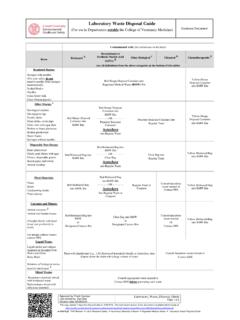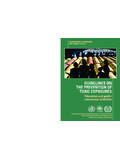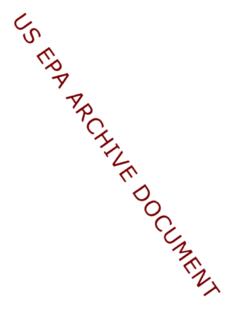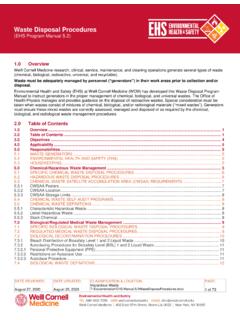Transcription of Lethal Dose Table - Loyola Marymount University
1 Hazardous waste Module 4 Lesson 4. Lethal dose Table Lethal dose (LD50) is the amount of an ingested substance that kills 50 percent of a test sample. It is expressed as mg/kg or milligrams of substance per kilogram of body weight. You should assume that LD50 is the same for rats and humans. Common Toxin Lethal Description toxic Response name doses aspirin Acetyl-salicylic acid LD50 200 Odorless white Gastric distress, confusion, C 9H 8O 4 mg/kg crystal psychosis, stupor, ringing in the (rat, oral) ears, drowsiness, hyperventilation Table salt sodium chloride LD50 3g/kg white cubic eye irritant, elevated blood NaCl (rat, oral) crystals pressure 12357 mg/kg (human, oral). bleach Chlorine LD50 850 greenish corrosive to eyes, skin, (fumes) Cl2 mg/kg (rat, colored gas, respiratory tract, nausea, inhaled) amber liquid, vomiting, pulmonary edema pungent odor arsenic arsenic, arsenic trioxide LD50 15 grey metallic acute- irritates eyes, skin, As, As4O6 mg/kg (rat, crystals respiratory tract, nausea.)
2 Oral) chronic-convulsions, tissue lesions, hemorrhage, kidney impairment sugar glucose LD50 30 g/kg sweet white depressed activity, C6H12O6 (rat, oral) powder gastrointestinal disturbance, If diabetic-heart disease, blindness, nerve damage, kidney damage. lead lead Lowest bluish, silvery acute- headache, insomnia, joint Pb published solid pain dose 450 Chronic- anemia, kidney disease, mg/kg reproductive and developmental (human, oral) toxin cola caffeine LD50 white odorless acute renal failure, nausea, C8H10N4O2 140mg/kg powder or psychosis, hemorrhage, (dog,oral) crystals increased pulse, convulsions alcohol ethanol LD50 7060 colorless nausea, headache, vomiting, C 2H 6O mg/kg (rat, liquid, pleasant dizziness, nervous system oral) odor depression, confusion, loss of consciousness vitamin A retinol LD50 yellow convulsions, unconsciousness, C20H30O 2000mg/kg crystals, reproductive toxin orange solid Cadmium Cd LD50 Lustrous solid Renal damage, lung damage, 225 mg/kg bone damage (rat, oral).
3 Mercury Hg LD50 Odorless, Nervous system failure, visual 1 mg/kg Silver liquid disorders, deafness (rat, oral). Hazardous waste Module 4 Lesson 4. Name _____Teacher Version_____ Date _____ Class_____. Student Worksheet ( ). Purpose: In this activity you will compare the toxicity of various substances. Lethal dose (LD50) is the amount of an ingested substance that kills 50 percent of a test sample. It is expressed as mg/kg or milligrams of substance per kilogram of body weight. You should assume that LD50 is the same for rats and humans. 1. According to the Table , which substances can be toxic or deadly? All substances are potentially toxic to an organism if enough of it is taken in (orally, dermally, through inhalation, etc.). 2. What distinguishes substances like salt and sugar from those found in e- waste like lead, mercury, cadmium and arsenic? Although substances like salt and sugar can be toxic , that only occurs if excessively large amounts are taken in by the organism.
4 Those substances associated with e- waste require much smaller quantities and also pose greater negative responses in the organism. 3. Given what you have written above, write a definition for hazardous materials . The definitions should include the idea that although all things can be considered harmful in extremes, those materials that cause the most damage in small amounts are considered hazardous.









